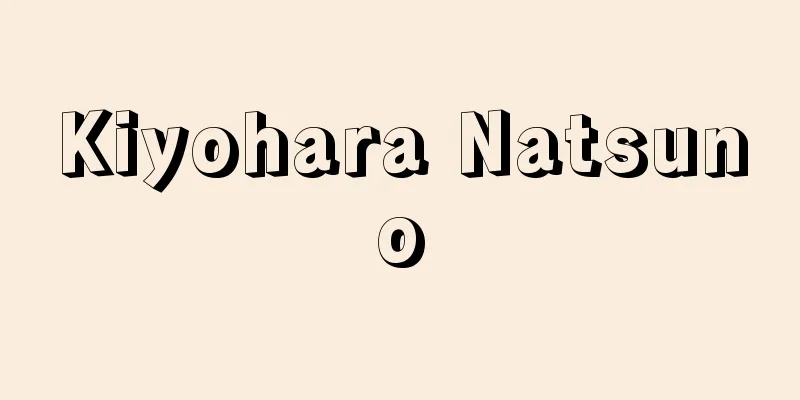Chief - Chief

〘Noun〙① Under the Ritsuryo system, the first of the four ranks of official. The person who oversees all of the duties of that office. The characters and titles vary depending on the office. Usually there is only one person, but there are cases where there is more than one in the Dajokan and non-permanent offices. Kami. [Ryo Gikai (718)] [New Book of Tang - Biography of Xiao Zhizhong]② Currently, it refers to the heads of government agencies such as the Cabinet Legislation Bureau, the Supreme Court, the Agency for Cultural Affairs, the Defense Agency, etc. It was also used as a term to call the highest-ranking person in the prewar military and local offices. Commander-in-Chief, Local Governor, etc. ※Seikoku Risshihen (1870-71) (translated by Nakamura Masanao) 5 "When Parei was captured, he healed the deep wounds of the enemy chief."③ (also called "Chogan") A title given to the top negi (negi) of Ise Grand Shrine before the Meiji 4th year ( 1871) shrine reform. After the reign of Emperor Tenmu (673-686 ) , when one negi was assigned to each of the inner and outer shrines, the number gradually increased, and by the time of the Keicho and Kanei periods ( 1596-1644 ), there were ten negi each. They were also called Ichinegi, Shuin , and Kancho. ※Basho's letter to Sora - May 21, leap year, 1694 (Genroku 7) "I have been managing Yamada and have built a hermitage, and I will be arranging for the governor and his family to tour Kyoto."Kan [Chief]Source: The Selected Edition of the Japanese Language Dictionary About the Selected Edition of the Japanese Language Dictionary Information |
〘名〙① 令制で、四等官の第一位。その官司の職務の全体を統轄するもの。官司によってその用字・称呼を異にする。ふつう、一人であるが、太政官および非常置の官司で複数の場合が見られる。かみ。〔令義解(718)〕 〔新唐書‐蕭至忠伝〕② 現在では、内閣法制局、最高裁判所などのほか、文化庁、防衛庁などの官庁の長をいう。また、戦前の軍隊、地方庁などにおいて、最高責任者を呼ぶ語としても用いられた。司令長官、地方長官など。※西国立志編(1870‐71)〈中村正直訳〉五「巴礼(パレイ)囚れたりしが、敵の長官の深き全創を療治し」③ (「ちょうがん」とも) 明治四年(一八七一)の神宮改革以前に、伊勢大神宮の禰宜(ねぎ)の首位にある者をさした称号。禰宜は、内外両宮に各一員を置いた天武朝(六七三‐六八六)以後、漸次増員をみて、慶長・寛永(一五九六‐一六四四)頃には各一〇員となった。一禰宜、執印(しゅいん)、官長とも呼んだ。※曾良宛芭蕉書簡‐元祿七年(1694)閏五月二一日「万事はいせ山田をしこなし、庵など結候而、長官一家の洛中見物など取持候とて」
かん【長官】出典 精選版 日本国語大辞典精選版 日本国語大辞典について 情報 |
Recommend
Cherokee rose (English name) Cherokeerose
...The Japanese pepper rose R. hirtula Nakai, as ...
Fontaine, Pierre François Léonard
Born: September 20, 1762, Pontoise Died October 10...
Konstandin Kristoforidhi
1830‐95 Albanian literary figure and politician. H...
Cylindrical Function - Enchu Kansu
…When ν is not an integer (0, ±1, ±2, …), converg...
Dnepropetrovsk (English spelling) Dnepropetrovsk
The capital of Dniepropetrovsk Oblast in Ukraine,...
Dacko, D. (English spelling) DackoD
...Furthermore, with the inauguration of the Fren...
Drawing lots - lottery
…Magical oracle [Yoshio Sugimoto] [Japan] In Japa...
whale
...The contents are fluid, keratinocytes, fat, et...
Battered child syndrome
What is the disease? Battered Child Syndrome is a...
Kite - Kite (English spelling) Ainu
The revolving detachable head harpoon was used by...
Chain reaction
This is a reaction in which several reactions occ...
Fungus patch - Kinto
...Plants that have fungi living symbiotically on...
The 47 Ronin of Ako
In 1702 (Genroku 15), 47 ronin including Oishi Yos...
Burning - Kazai
Also called hiaburi (burning by fire) or fukenei (...
The Chronicle of Gonijo Moromichi
The diary of the regent and minister of the inter...









